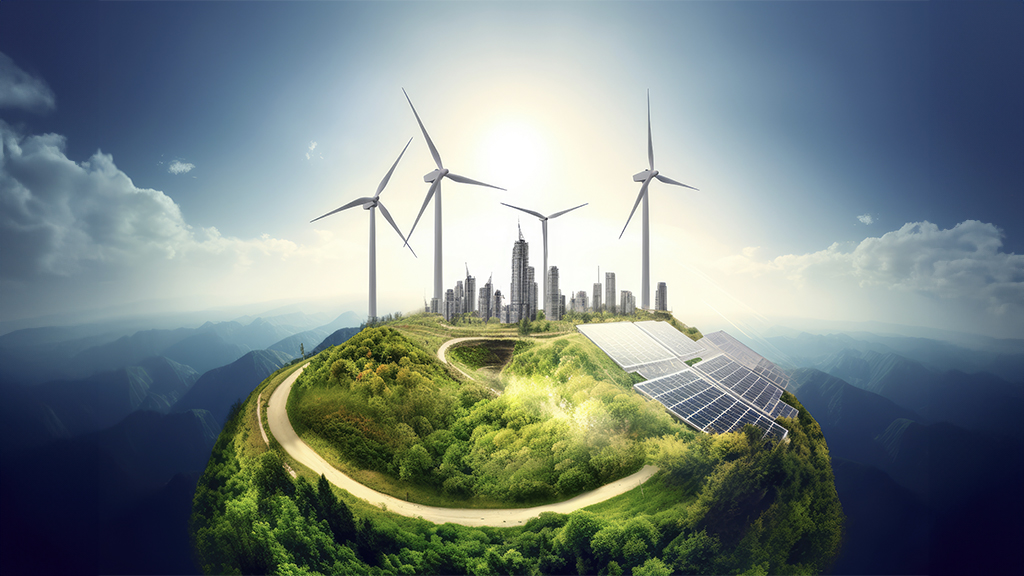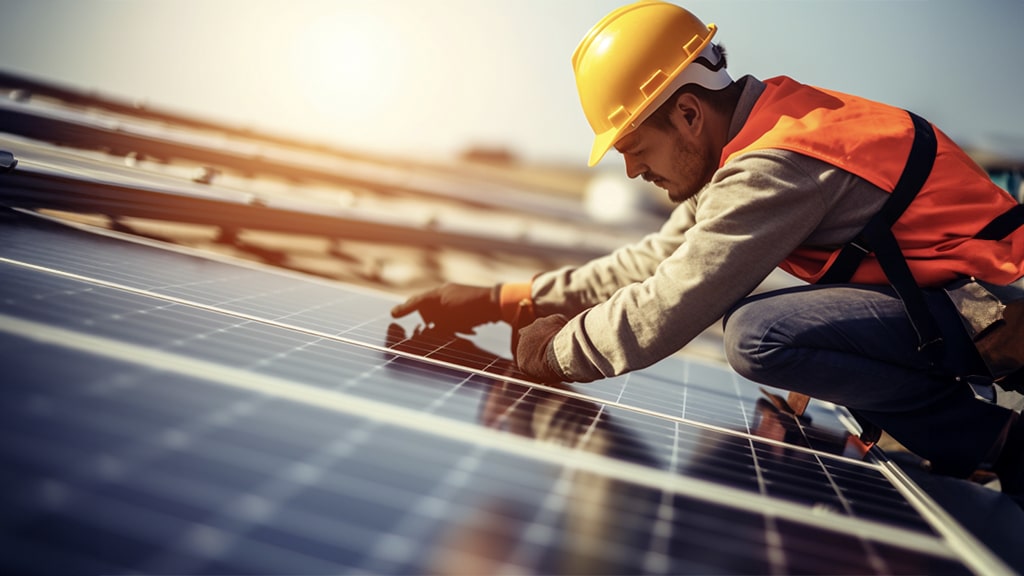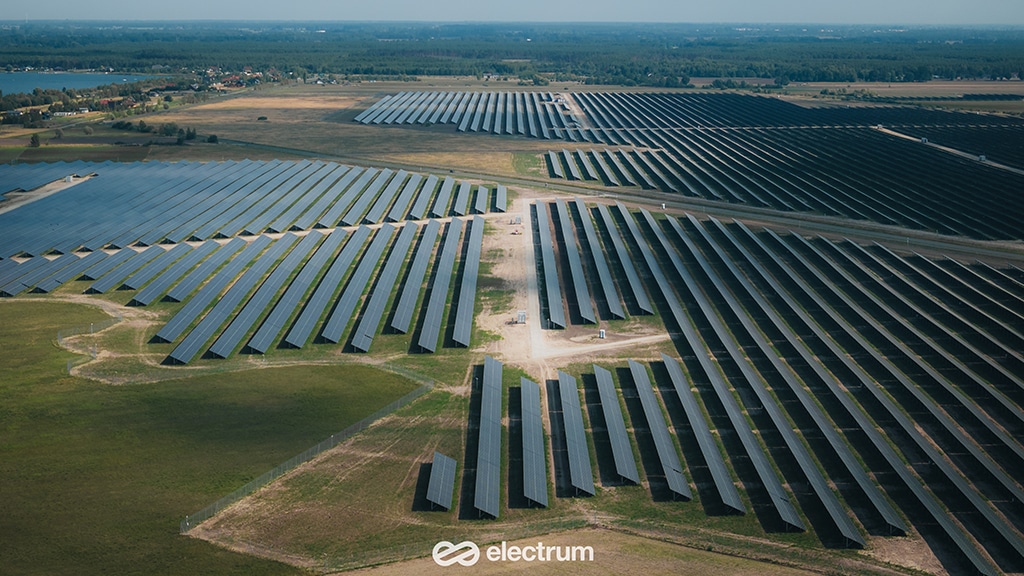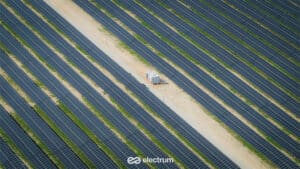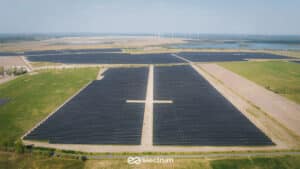Climate Tech refers to modern technologies that aid in combating climate change. Among these are alternative energy systems, which are essential for a sustainable future.
Alternative energy encompasses various technologies, such as the solar farm construction or wind farms construction. These power plants use renewable energy sources like the sun and wind to generate electricity. Thanks to them, we can reduce our dependence on fossil fuels and contribute to environmental protection.

Remember, Climate Tech technologies are our future. With their help, we can create a world that is sustainable and safe for future generations.
Climate Tech Trends
Climate Tech technologies in the power industry also cover a wide range of innovations aimed at combating climate change. The future of the power sector looks promising, focusing on creating more sustainable and efficient energy systems. Below are some key trends.
Accelerating the Development of Renewable Energy Systems
As technologies become more advanced, renewable energy sources like solar and wind power are becoming more efficient and accessible.
Phasing Out Fossil Fuels
As the world strives to reach net-zero emissions, fossil fuels are gradually being phased out in favor of cleaner energy sources.
Expanding the Power Grid
To meet the growing demand for energy, power grids must be expanded and modernized.
Decarbonizing Industry
Industry is one of the main sources of carbon dioxide emissions, so decarbonization is crucial to achieving climate goals.
Power Electronics
Power electronics play a key role in converting voltages and currents from one level to another, which is essential for the efficient use of energy.
Engineering Innovations
Breakthrough engineering discoveries, such as perovskite solar cells, solid-state batteries, nuclear energy, and smart grids, are shaping the future of the energy sector.
All these trends aim to create a more sustainable and efficient future for the power industry.
Read Also:

